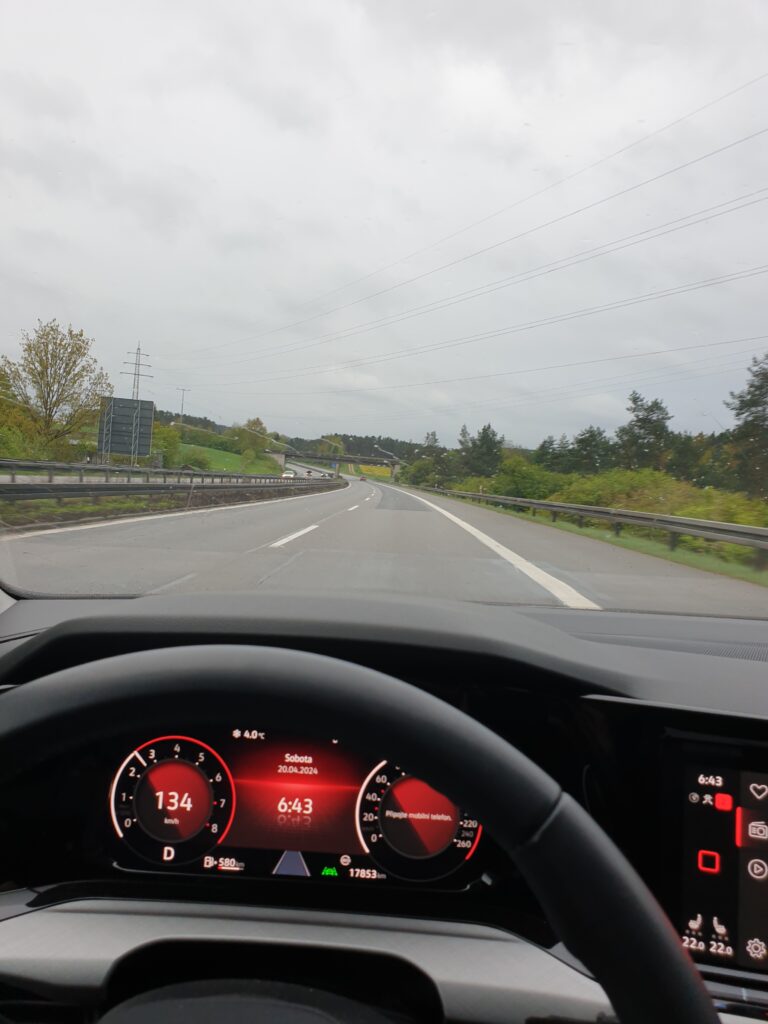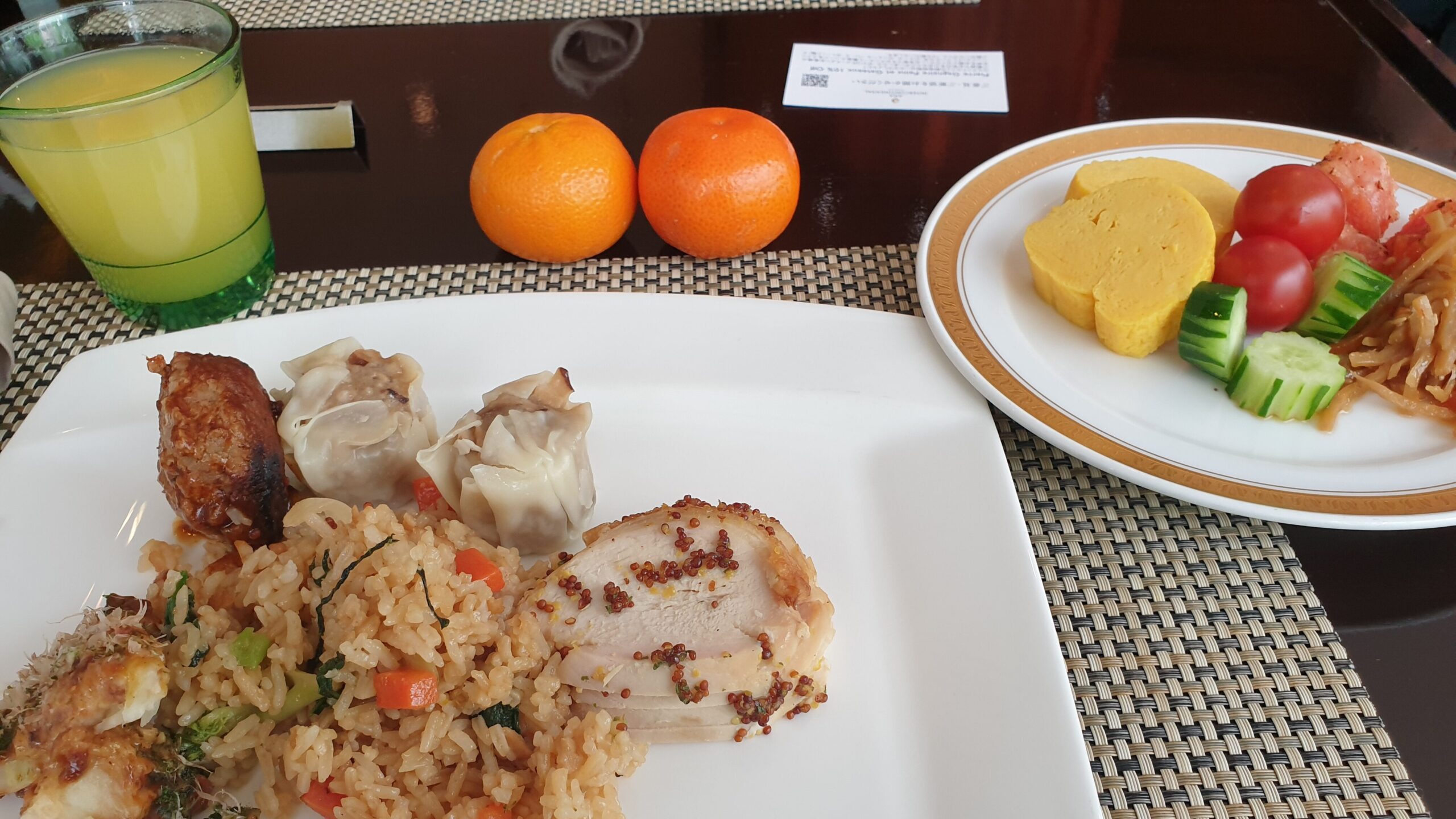IUntil recently, for me, as for most people from Europe, citrus on Okinawa was mostly known only from Professor Tanaka, 1957. The rather long list of names, such as Citrus oto and Citrus tarogayo, were just meaningless names. One of the few exceptions was the better known Citrus depressa Hayata ‘Shiikwaasa’, which appeared in European (and especially French) collections for its hardiness. The other exception was Citrus keraji hort. ex Tanaka, which I have from Italian collections. However, as I later found out, it is not very similar in type to the Japanese one and may well be a hybrid with Tachibana or another small-fruited citrus. Citrus tachibana (Makino) Yu Tanaka and Citrus nobilis Lour. var. kunep are then purely collector’s items in Europe. Okinawa is not a large island, so it was surprising how many other citrus species Professor Tanaka described. Citrus rokugatsu Hort. ex Yu.Tanaka was one of those I had been looking for for a long time. Originally it was also found in Czech collections. Back in 2015, it was exhibited at a citrus show in Brno. Gradually, however, it disappeared from Czech collections, because the collection clone was not suitable for direct consumption and was therefore probably not attractive enough for most growers. The plants came from the historical greenhouses from the turn of the 19th-20th century at the castle in Náměšt’ nad Oslavou, but these greenhouses were abandoned in the 1990s. However, even for this species, as I show below, the taxonomic identification of the clone from Náměšt’ is uncertain. In any case, I have never been able to obtain it to verify its classification. In 2021, an academic team around Dr. Wu determined that many of the Okinawan species had their origin in the local wild mandarinit Tanibuta and gave it the new name Citrus ryukyuensis Wu. The discovery of a new botanical species these days is always exceptional and interesting. So, when I was lucky enough to get a work invitation for a week in Tokyo in February 2024, I decided to extend my trip in Japan by a few days and visit Okinawa during that time. Less than two months to prepare such a trip and find all the local species was definitely not enough, but it was worth the effort to try to find all these citrus.

Mandarin Citrus keraji hort. ex Tanaka, grown in Europe, is not very similar to the one in Japan.
It took me two months of hectic preparation. However, several first attempts to contact local farmers, municipal administrations and institutions ended in failure. The language barrier was greater than I expected, most Japanese do not speak English. Also, Japan is a very formal country, so it proved very difficult to get help remotely. In the end, I decided to go through all the available written material and search for plants while in Okinawa.. To help me, I made a list of signs describing what I was looking for, which I translated into Japanese and printed out. This proved to be a very wise solution for communicating with the locals. I was able to arrange for Pension Weekend in the settlement of Nago as a base. I confess that I made the choice because my hostess Seira’s family owns a small orchard where Rokugatsu mikan and Kunembo are grown, and she promised me a visit to this orchard. This was a hopeful start. The rest was left to my local investigations and the data on my phone.

Early in the morning of 20.4.2024 I leave for Munich airport in the dark. Thankfully, the three and a half hours in the gloom and rain pass quickly.

Around 9:00 I park at Munich airport, where there is a direct connection to Tokyo. I’m struggling a bit with the automatic check-in.

Finally, despite all the technical pitfalls, I get to the Airbus A350-900. The journey is uneventful, but it’s a long one, 12.5 hours sitting in one seat.

I don’t land in Tokyo until 8am after a sleepless night. In time to catch breakfast at the hotel, which includes Unshiu mandarins and orange juice. Over the next few days I get used to citrus being a regular part of the menu here, very often in the form of vinegar mandarin oranges as a condiment. Also waiting for me at the hotel is my ordered data SIM, an essential tool for communicating with the world, navigating and finding information. It’s time to get to work. I have five days of work ahead of me with free evenings in Tokyo, which I plan primarily as a gourmet experience.

Search for citrus trees in Okinawa – Business week in Tokyo – Day One – Day Two – Day Three – Day Four
